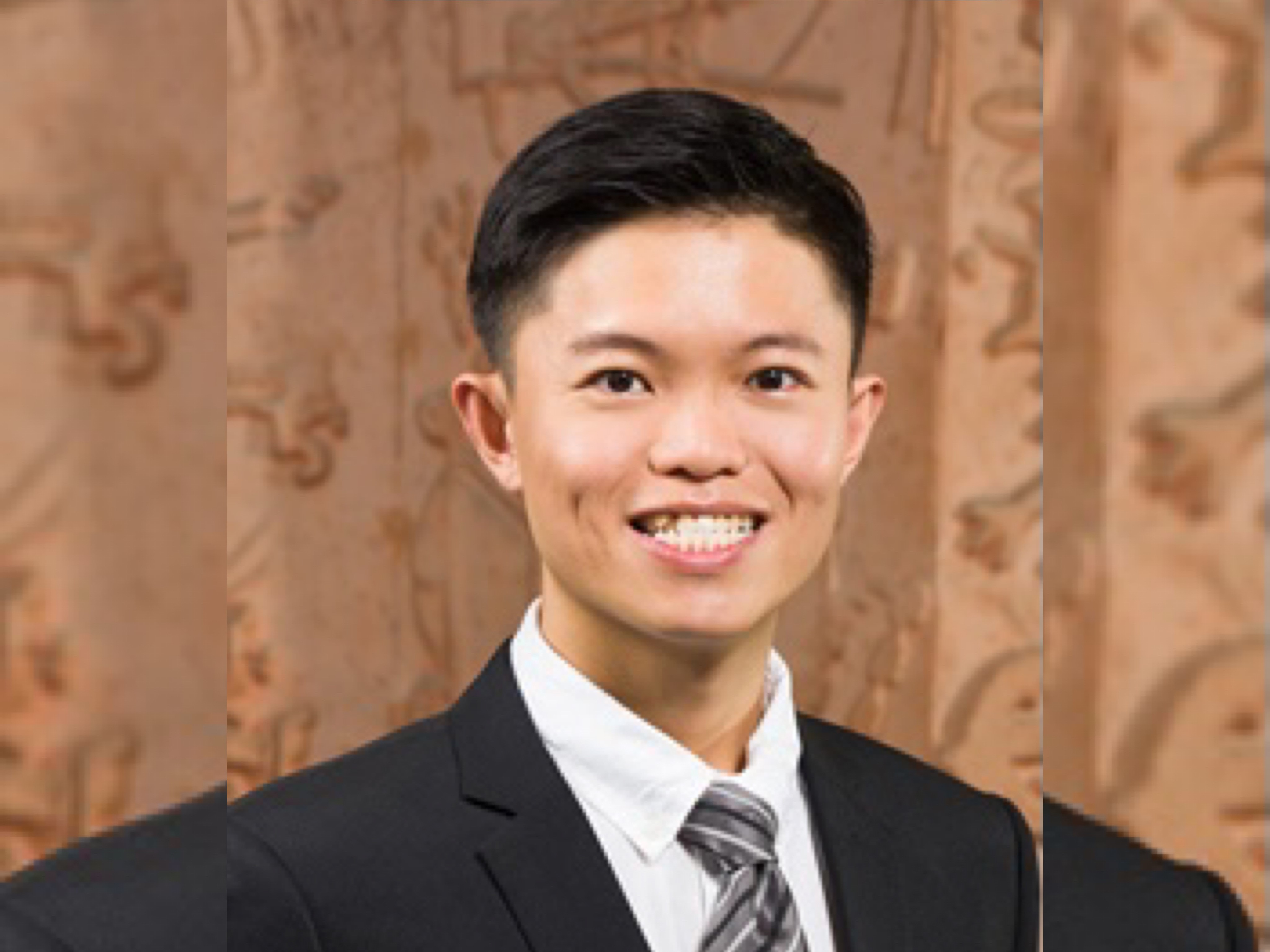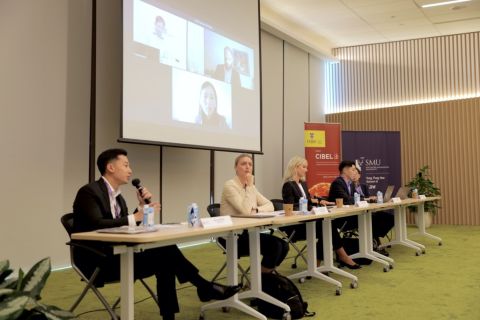
By Alistair Jones
SMU Office of Research & Tech Transfer – We are living longer and reproducing less. The World Health Organization estimates the global population of people aged 60 and over will double by 2050 to 2.1 billion. The number of persons aged 80 years or older is expected to triple.
According to the Australian Research Council Centre of Excellence in Population Ageing Research, the Asian populations ageing the fastest include Japan and Singapore, where the ratio of the older population (65-plus) compared with the working-age population (15-64) is expected to reach between 58 percent and 70 percent by 2050.
For Singapore, this means a quadrupling of the dependency ratio from 14 percent to 58 percent in less than two generations.
With this demographic shift comes the longevity risk of retirees outliving their savings. Equity release schemes seeking to leverage some of the wealth tied up in people's homes – such as via a reverse mortgage – have been presented as a solution, but their take-up has been underwhelming.
In Australia, for example, reverse mortgages have only attracted about 1 percent of the potential addressable market and the major banks no longer offer the product, citing the complexity of contractual arrangements and the potential to destabilise family relationships.
“Equity release products are [also] not that popular in Singapore,” says Jing Rong Goh, an Assistant Professor of Economics at Singapore Management University (SMU).
“However, this could be due to a lack of product knowledge, high operational cost, or simply a lack of suitable products.”
Professor Goh is the co-lead investigator of a project examining how retirement funding could be made more sustainable with better equity release products.
“Our objective is to design a suitable product with several options that will address different financial needs of the elderly, and in doing so will create demand for the product,” he says.
Modified scheme
A common equity release product is a reverse mortgage, where the equity in a home can be used as collateral to borrow money and the loan is repaid (plus compounding interest and fees) when the property is sold or the owner dies, whichever comes first.
Another option is a home reversion scheme where part of the equity in a home is sold at a discount and the owner continues living there. When the property is sold, the home reversion scheme provider receives the value of the proportion of equity it originally purchased, at current prices.
While Singapore has one of the world's most expensive property markets and a home ownership rate approaching 90 percent, neither of these products is an immediate fit because 90% of residents live in public housing provided by the Singapore Housing and Development Board (HDB).
These dwellings, mostly flats, are sold on the basis of 99-year leases, which start to count down at the point of original purchase.
In 2009, the HDB introduced a Lease Buyback Scheme (LBS) which allows homeowners, aged 65 and older, to sell the tail-end of the flat lease back to the government in exchange for a cash payment to assist retirement funding.
Participants in the scheme are entitled to stay in the flat for the remaining front part of the lease, but if that runs out before they die, they have to move elsewhere. And they do not enjoy the possibility of any asset appreciation.
The SMU research team is exploring ways to modify the LBS.
“Unlike the LBS scheme based on selling the tail-end of the lease, the modified scheme will focus on a new equity-release transaction concept, selling a portion of the property with the right of living in the property for life,” Professor Goh says.
“Therefore, the homeowners [would] not only have the right to stay in their own flat for life but also have the potential monetary benefit arising from future property appreciation.”
Repurchase option
Professor Goh and his co-authors are also developing a new equity release product for Singapore, drawing on existing schemes and previous SMU research.
“Our research team proposes a novel sell-loan-type equity release product by combining the features of a loan-type reverse mortgage and a sell-type home reversion,” he says.
“Without exposure to any interest rate risk [such as] under a loan-type reverse mortgage, the new product caters to the needs of financially savvy homeowners with the expectation of property appreciation.
“Specifically, this new product has similar features to that of a sell-type home reversion at the inception of the transaction, with an additional call option that allows homeowners to repurchase the sold proportion of the home equity at a particular price.
“This call option has a strike price depending on the initial amount of cash outflow accumulated at a specified interest rate with the property as the underlying asset. Triggers of exercising the option include mortality, selling and refinancing.
“Homeowners will benefit from exercising a repurchase option if the sold proportion of the property value raises to a level that is more than the strike price,” Professor Goh says.
How long will you live?
Integral to designing an equity release product is a reliable estimation of how long someone is expected to live.
Drawing on mortality data obtained from the Department of Statistics, the research team is working on projecting a Singapore mortality model with the consideration of mortality improvement factors and demographic factors. They hope to produce a model that is superior to anything presently available.
“In our models, we seek to apply novel data science techniques, such as random forest and boosting approaches that have received positive results in the past, and we hope to get more interesting results in our setting,” Professor Goh says.
The effect of the COVID pandemic is also included in the modelling.
“COVID has changed the mortality/lifestyle of Singaporeans significantly over the past years. In order to suitably project mortality rates, we should consider the impact of COVID,” Professor Goh says.
The mortality projection model should benefit the insurance industry and government policy-makers. It will also be publicly available via a website.
“We expect individuals to come in and input their details, and we can provide them with their mortality [projection]. We envisage the masses and people interested to better understand their mortality would use it,” Professor Goh says.
Back to Research@SMU November 2022 Issue
See More News
Want to see more of SMU Research?
Sign up for Research@SMU e-newslettter to know more about our research and research-related events!
If you would like to remove yourself from all our mailing list, please visit https://eservices.smu.edu.sg/internet/DNC/Default.aspx

